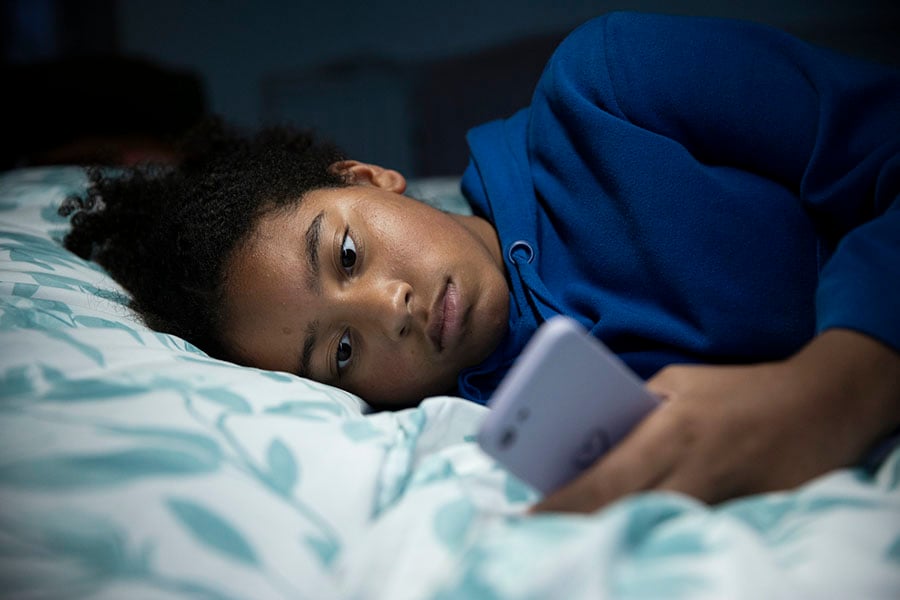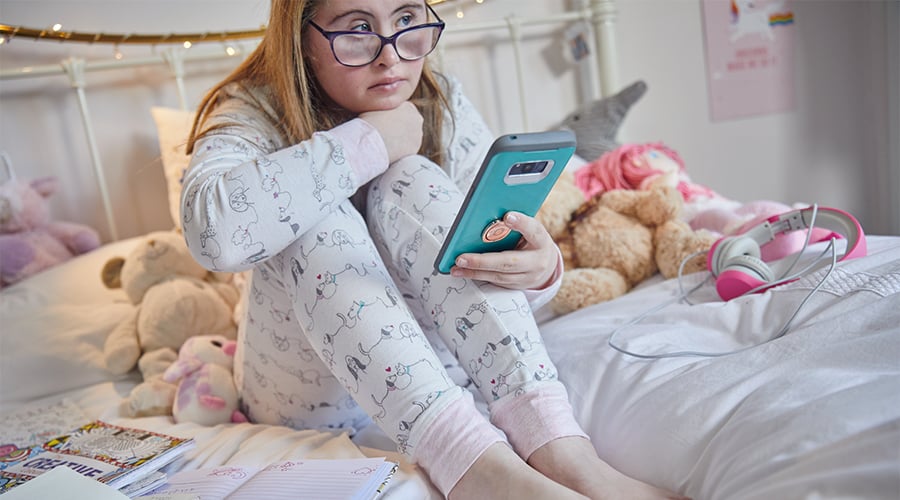Mental health and social media

Young people have different reasons for wanting to talk to others online about the issues they're experiencing.
Some may find it easier talking online than offline, including to people they’ve not met in person.
For other children, going online is a way of finding other young people who are going through the same things as them.
It's a good idea to support children to think about who they’re talking to and if it’s helping them to feel better. Ask them to think about whether talking to other young people online:
- gives them hope that they'll feel better, and that things will improve? Or do they come away thinking that their situation will never change?
- encourages them to talk to other people offline about how they're feeling, or whether it discourages them from doing this?
- usually makes them feel better afterwards, or usually makes them feel worse?
Just as in the offline world, bullying can happen online on social networking sites too. Watch out for the signs and make sure that they know what to do if it happens to them.
Childline has lots of information about feeling good on social media that might be useful for your child to look at.
Tips to help children stay safe on social media
Location settings
It can be helpful to remind children that they shouldn't share location information:
- on their posts
- on public forums and chats
- on videos
- with people they don't know.
Consider reviewing the location settings on their favourite app or game and talk to them about what they’re sharing online.
It might be appropriate for your child to share their location with a trusted adult or friend. For example, if they’re travelling home alone or arranging to meet a group of friends outside school, then it can be a good way to help keep them safe.

Remember that if children share their location publicly, it could be seen by someone they don’t know.
This can increase the risk of cyberbullying, stalking or unwanted contact (from friends or others) or becoming a target.
Safety and privacy settings
Exploring the safety and privacy settings on apps will help you decide which are right for your child to use.
Each app has slightly different ways to set up an account, but most have the option to:
- set an account to private
- not allow friend requests
- hide the user’s location.
Explain these settings to your child and the reasons for having them in place.
Age ratings and features
Each app your child uses will have an age rating and it's useful to know what these are. Many have a minimum age of 13 years, but you should check the age rating of individual apps to make sure – see our list below.
You know your child best, and you might decide that they need to be a little bit older before they can use certain apps.